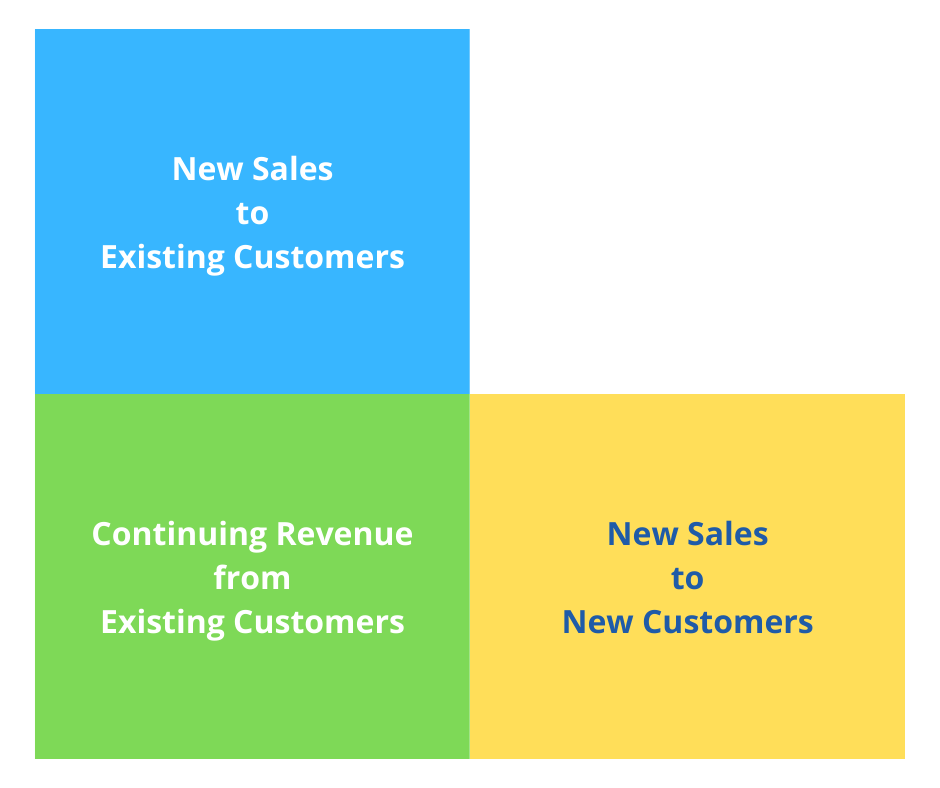How to Grow Your Business
Most businesses hope to achieve two key financial goals — consistent profitability and steady revenue growth. Many startup founders are great at building a product, but have never had the opportunity to learn what it takes to grow a business. In the article linked below I introduce a general framework for understanding revenue growth and the three key disciplines to achieve profitable revenue growth.
Every month there are generally only three sources of revenue for your business. The easiest category of revenue to grow, if you have it, is “Continuing Revenue from Existing Customers.” The second easiest category of revenue to grow should be “New Sales to Existing Customers.” “New Sales to New Customers” is the hardest category, but is still essential. Without this category, you never get to having “Existing Customers.”
To grow revenue from these three sources requires three key disciplines. Marketing is everything you do to make potential customers (and existing customers) aware of, and desiring what you have to offer. Sales is everything you do to enable the completion of the transaction of a customer purchasing what you have to offer. Operations is everything you do to successfully deliver the value proposition of what you offer to customers. To successfully grow your business you need scaling operations – the ability to do so well, even as the number of customers and transactions are rapidly increasing.
How to Grow Your Business Read More »





